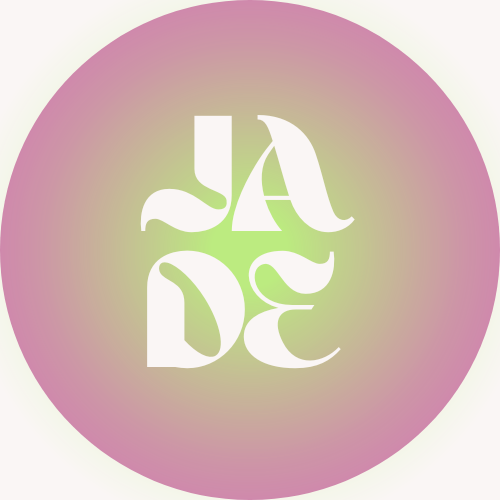Meeting of Two Queens (1991) is a fan-crafted queer love letter made by Cecilia Barriga. Two legends of the screen, Greta Garbo and Marlene Dietrich are post-humously cast in a romantic tryst in this short film. Barriga selects snippets from Hollywood classics such as Queen Christina and Anna Karenina, and she uses the magic of editing to create a romantic narrative between the two women that never existed on the silver screen. This style of video making is called a 'mash up', and the legality is deeply contested because it infringes on copyright laws. Barriga's choice of medium is not only visually compelling, but she also mirrors how often queer people have to create their own love stories outside of the law.
Barriga's fantasy romance also nods to the closeted queer sexual identities of Garbo and Dietrich. Later in life, Dietrich acknowledged her involvement with members of both sexes, and several women claimed to have had affairs with Garbo after her death. However. at the height of their careers, it would have been career suicide if either woman's fluid sexuality were made public. Film producers were heavily censored by "The Production Code" that moralized against sexual perversion on screen. The Code tried to control what Stuart Hall would call the 'encoding' part of filmmaking by refusing to show same-sex desire on screen. However, Hall argues that the audience also has an important discursive role to 'decode' the message that a filmmaker is attempting to communicate. Since the encoding and decoding process happens relatively independently of each other there is room for what bell hooks calls oppositional veiwings of media. Queer audiences had to learn to read between the lines and Barriga takes this oppositional viewing one step further by recreating her own romantic vision of queer desire out of these heteronormative films. Therefore, Barriga stealing footage of these closeted queer women from the studios that censored them feels particularly gratifying.
The love, desire, and respect that Barriga has for these two women captivate new audiences. Before digital film editing, Barriga would have invested incredible patience to curate her romantic vision of Garbo and Dietrich. Each passionate look carefully cut out of a heteronormative narrative, so she can supplant the object of desire with her own. Laura Mulvey argues that the pleasure of these classic Hollywood actresses is in their aesthetic beauty or "to-be-looked-at-ness", yet I am more aware of Barriga as the voyeur. She queerly decodes the sexual tension in these early films, and her perspective infuses new desire and intrigue into the familiar scenes of Hollywood glamour. The audience is invited to enjoy the splendour of old cinema and the thrill of reclaiming illicit desire from censors.
References
bell hooks (2003) "The Oppositional Gaze"
Ben Murry (2015) "Remixing Culture and Why The Art of the Mash-Up Matters"
Cecila Barriga (1991) Meeting of Two Queens https://youtu.be/l3xa7AoI_YE
Laura Mulvey "Visual Pleasure and Narrative"
Rob Epstein & Jeffery Friedman (1996) The Celluloid Closet
Stuart Hall "Encoding, Decoding" The Cultural Studies Reader (1993)
